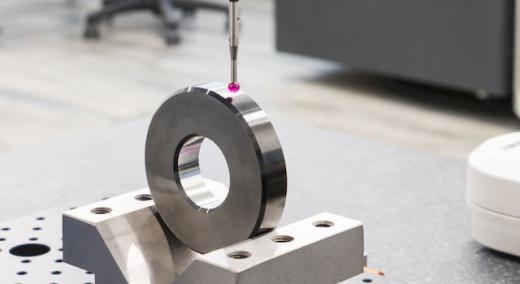Scientists and engineers are constantly developing new materials with unique properties that can be used for 3D printing. But figuring out how to print with these materials can be a complex, costly conundrum.
|
ADVERTISEMENT |
Often, an expert operator must use trial and error—possibly making thousands of prints—to determine ideal parameters that consistently print a new material effectively. These parameters include printing speed and how much material the printer deposits.
MIT researchers have now used artificial intelligence to streamline this procedure. They developed a machine-learning system that uses computer vision to watch the manufacturing process and then correct errors in how it handles the material in real time.
They used simulations to teach a neural network how to adjust printing parameters to minimize error, and then applied that controller to a real 3D printer. Their system printed objects more accurately than all the other 3D printing controllers compared.
…

Add new comment